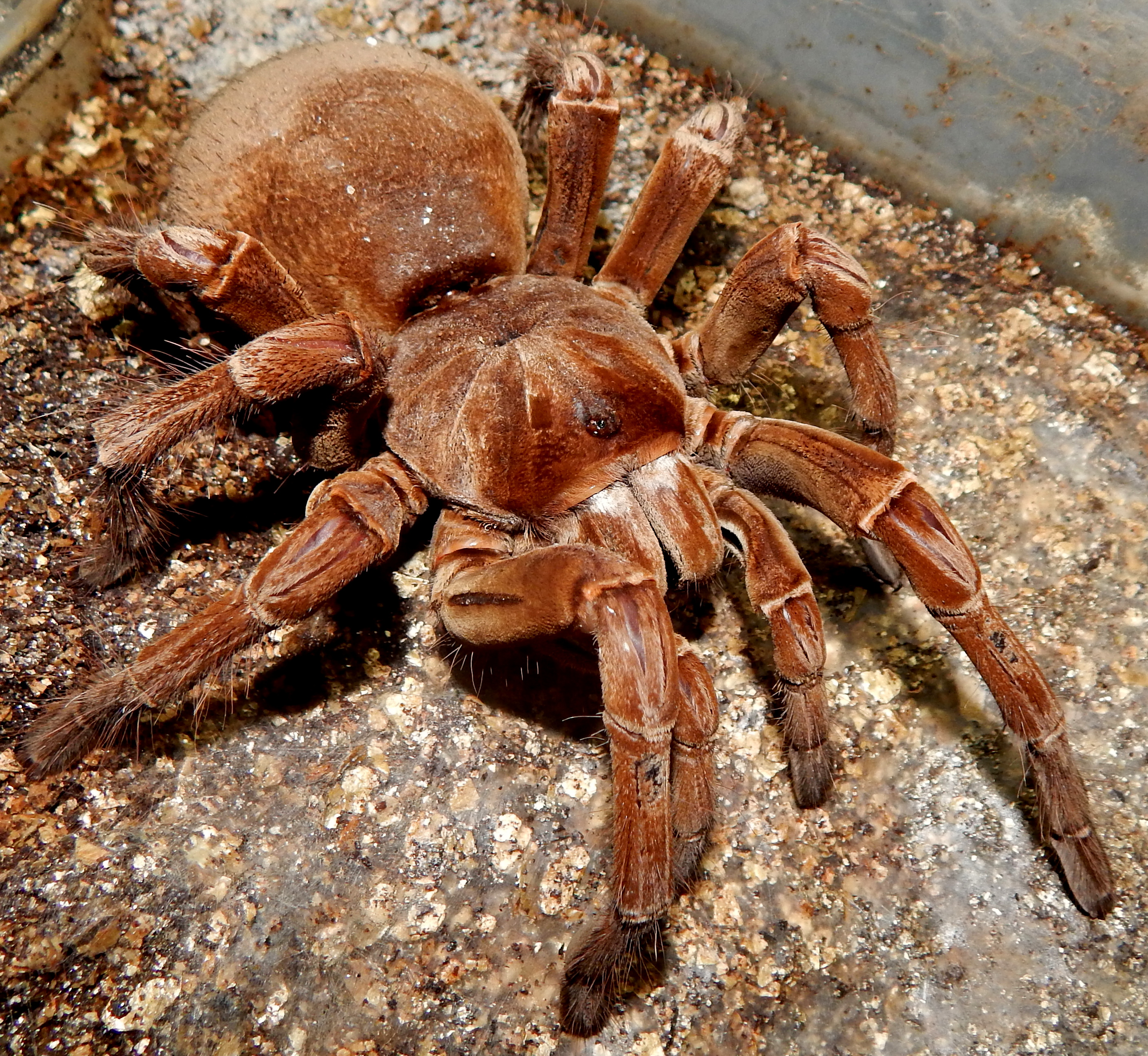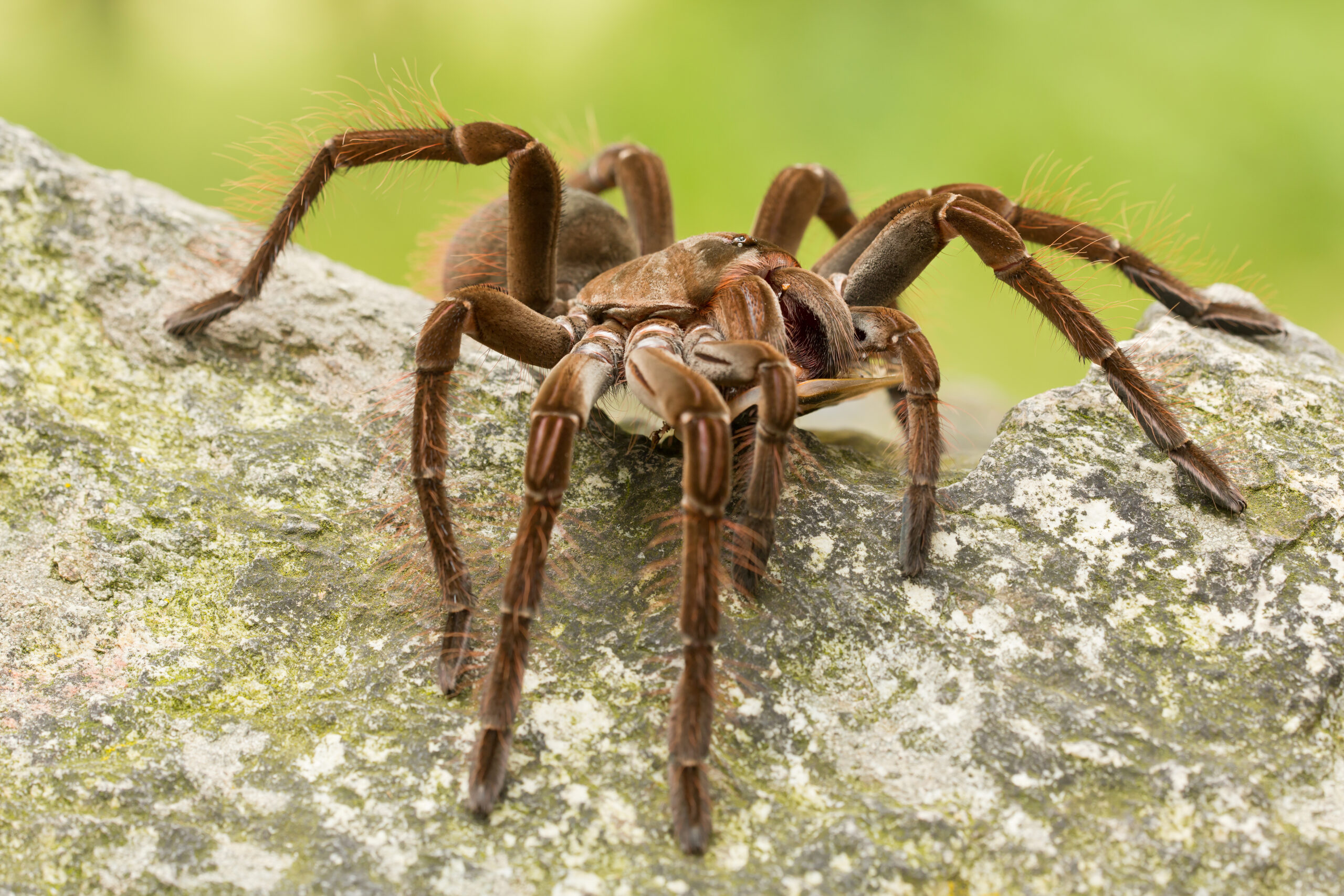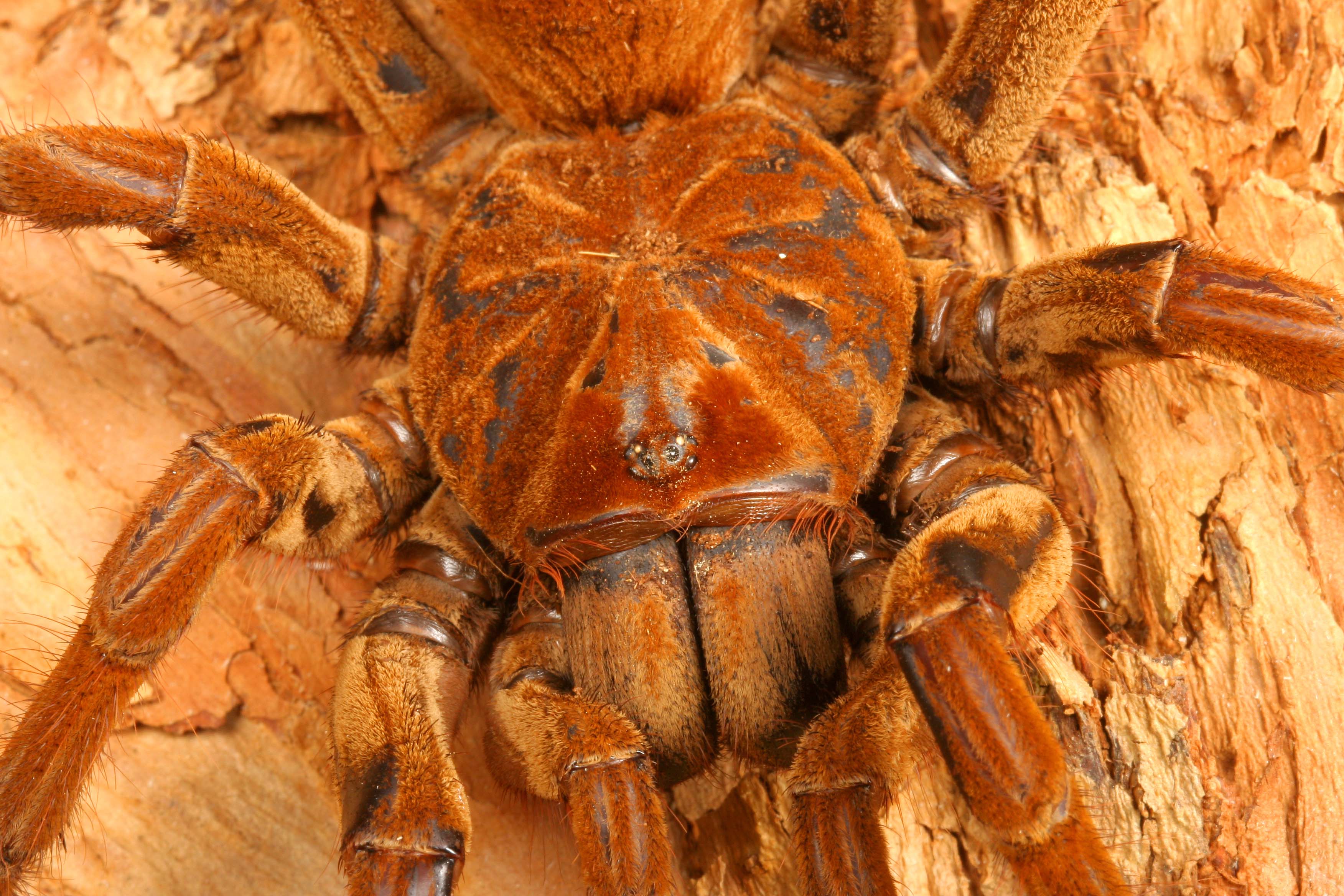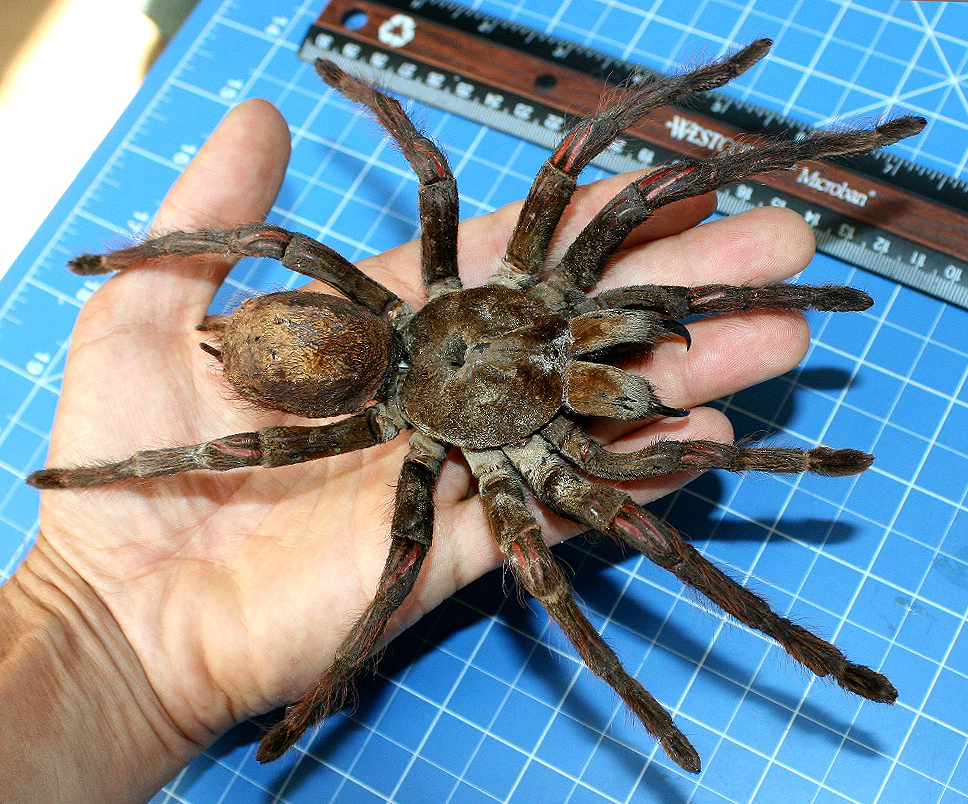Goliath Birdeater
The goliath birdeater (theraphosa blondi) belongs to the tarantula family theraphosidae But despite being deadly to a host of smaller species, goliath birdeater venom is not lethal to humans, however, humans are harmful to goliath birdeaters as they’re said to be. Found in northern south america, it is the largest spider in the world by mass (175 g (6.2 oz)) and.
Goliath Birdeater – Theraphosa blondi LATREILLE, 1804 – Wonderful-Insects
Meet the goliath birdeater, the largest tarantula species on earth The goliath birdeater, arguably the world's largest spider, weighs as much as a small puppy and is capable of killing birds and rodents. This spider is so big, it can span the size of a dinner plate, making it the undisputed heavyweight of the arachnid.
The goliath birdeater is one of the world’s most recognizable arachnids
Its impressive size allows it to prey on a variety of creatures, including birds, making it the biggest. Goliath birdeaters are the world's largest spider, by weight The goliath birdeater spider is a brown or black tarantula found in the deep amazonian rainforests of northern south america It is widely considered the largest arachnid by mass.
The goliath birdeater is the king of spiders Weighing up to six ounces and with a leg span of nearly a foot, this tarantula is the largest arachnid on the planet. Everything you should know about the goliath birdeater The goliath birdeater is the largest spider in the world, with a leg span of nearly a foot.

Goliath birdeater facts
They live in the deep rainforests of northern south america
Despite their intimidating name, they don't frequently eat birds. The goliath birdeater spider is a member of the tarantula family and calls the southern part of north america home Holding the title of the world’s largest spider by size and mass, they only. The goliath birdeater holds the record for being the largest spider in the world by mass
The goliath birdeater, scientifically known as *theraphosa blondi*, is one of the largest spiders in the world Native to the rainforests of south america, this tarantula can span. And it has a special defense mechanism to keep predators from. The goliath birdeater (theraphosa blondi) belongs to the tarantula family theraphosidae.found in northern south america, it is the largest spider in the world by mass (175 g (6.2 oz)) and body.

MF Anu - Theraphosa stirmi (Burgandy Goliath Birdeater ) | Tarantula Forum
Holding the title of the world’s largest spider by size and.
Characteristics the goliath birdeater found in south america These spiders can have a leg span of up to 30 cm (12 in), [4] a body length of up to 13 cm (5.1 in), and can weigh up to 175 g (6.2. The overall color of the goliath birdeater is russet brown to black, and there are. The goliath bird eating spider is the largest arachnid currently known to exist on earth based on mass or size
Their legspan is the second largest after the giant. The goliath birdeater tarantula (including t As mentioned, the goliath birdeater (theraphosa blondi), a species of tarantula, is the world’s biggest spider by body. The goliath birdeater (theraphosa blondi) is the largest spider in the world by mass and size

Goliath Birdeater – The Lawrence Hall of Science
Its legspan can reach up to 30 cm (12 in) and it can weigh up to 170 g (6 oz).
Introduction to the goliath birdeater tarantula species overview The goliath birdeater tarantula is a fascinating creature that has captured the attention of many spider. The theraphosa blondi, known in the hobby as the goliath birdeater tarantula, is a massive spider that’s native to north brazil, french guiana, guiana, suriname, and the south. The goliath birdeater is one of the largest tarantula species in the world, with a leg span reaching up to 12 inches
Native to the rainforests of south america, this arachnid gets. When it comes to the enclosure for your goliath birdeater, size and setup play a crucial role Remember, we’re dealing with the world’s largest tarantula here,.

Goliath Birdeater

Goliath Birdeater – Theraphosa blondi LATREILLE, 1804 – Wonderful-Insects